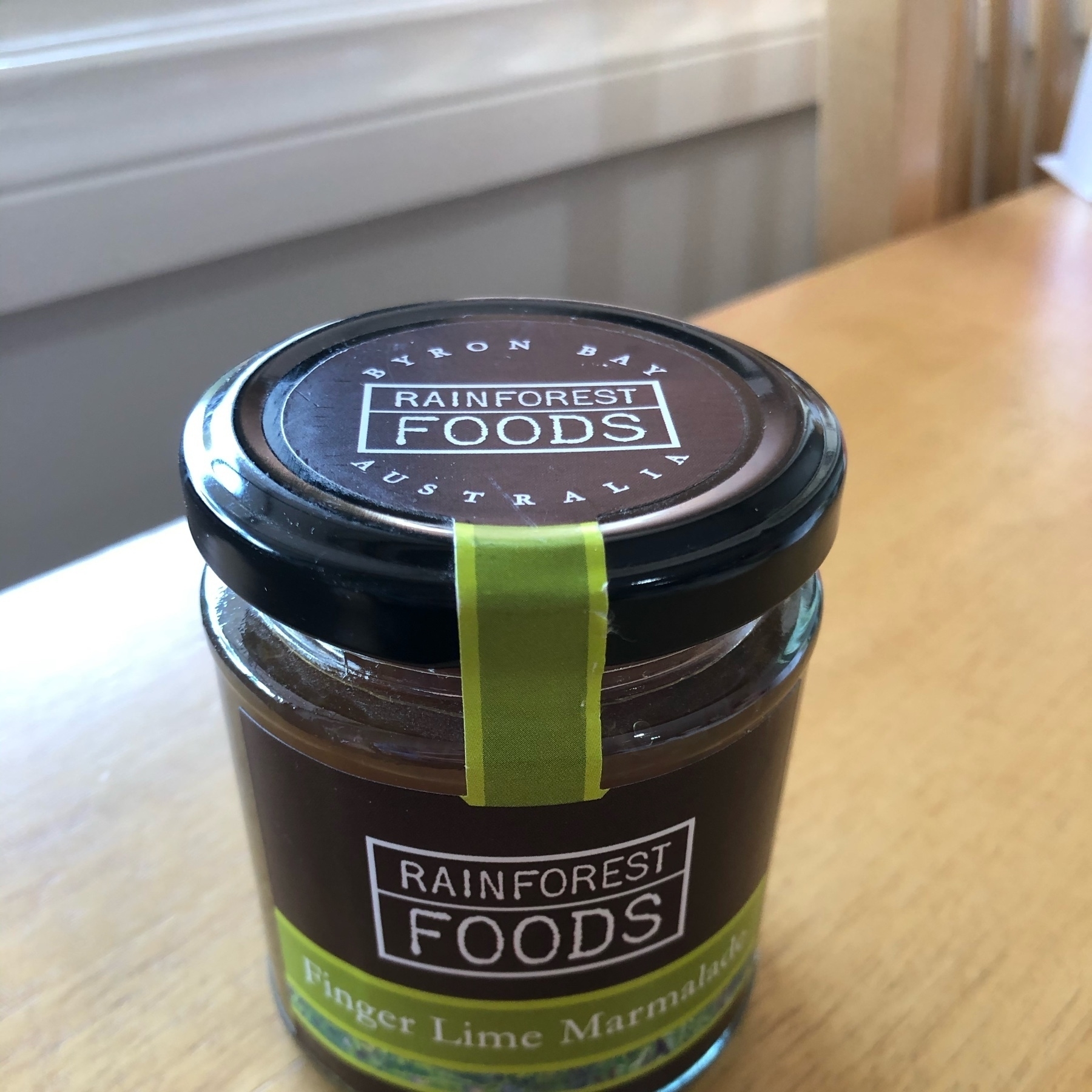I finished reading Thomas Pynchon’s novel V. about a month ago. I was thinking about writing a review, but what’s the point? Given its classic status, it has been analyzed to death. So just a couple of thoughts. This was Pynchon’s first novel, so we have to ask if it compares well to his later masterpieces. I think a novel worthy of Pynchon’s name must do two things: 1. It must induce a mindfuck. At some point, you must feel that this novel is 10x denser than what your brain can process. 2. There must be a couple of magic moments of sublime beauty. You must pause and say “Oh wow. That’s just beautiful. I have no words for it.” V. does both. Pynchon did it the first time. However, the novel does feel different. V. reads like it’s made up of several short stories. They are connected stories but you can detect the boundaries. No other Pynchon novel gave me that impression. The other thing is that V. is very cinematic. Many chapters end with dramatic scenes that I can visualize as climactic moments in epic movies. Later Pynchon novels are more organic, subtle, and abstract. This makes V. more accessible, but not lighter. I found reading V. a thoroughly satisfying experience. Many parts of it will stay with me for a very long time.
My wife and I have a box of CDs that we hadn’t opened in maybe 10 years. We moved them across three continents because we don’t want to get rid of them, but with streaming services, we had very little reason to take them out of the box. We don’t even have a CD player in the house anymore. But there are treasures. We finally decided to take them out during the break. I can stream Frank Zappa’s Yellow Shark anytime I want, but it’s very hard to find this booklet. It’s a really good booklet with pictures, stories, and even some sheet music.
I was reading about the Emacs org-roam mode, and came across the Zettelkasten method of notetaking. I hadn’t seen this term before, but the idea of taking notes with cross-referenced index cards sounded familiar. Where did I read about it? Ah yes… in Umberto Eco’s Foucault’s Pendulum, the main character Casaubon (an ex-academic who makes a living as a “detective of knowledge”) uses boxes of index cards to keep track of ideas. I wouldn’t be surprised that Eco himself did this religiously. He apparently recommended it to PhD students.
I bought this jam made from the native Australian plant finger lime Citrus australasica. I wasn’t expecting much because with enough sugar, all jams taste alike. But this is very different. At the first taste, it’s like a citrus but then the citrus taste is replaced by something very bitter. It’s weird. I will have no problem finishing this jar.
Finished William Gibson’s Count Zero. I like William Gibson. There are things that he did extremely well in this novel. But it doesn’t work. The three main threads of narrative are all interesting ideas by themselves, but they don’t add up to a meaningful big picture. In the end, I don’t understand why anything happened. I was planning to read Mona Lisa Overdrive after this one, but maybe not. The second half of Count Zero seems too clumsily written for me.
Europe was a dead museum
from William Gibson’s New Rose Hotel. Clearly an homage to William S. Burroughs.
So maybe you’ll get the Turing machine after your ass
Count Zero by William Gibson.
I like this little episode in Umberto Eco’s Foucault’s Pendulum. In Chapter 53, one of the main characters Casaubon, a scholar of European history, unexpectedly ran into Inspector De Angelis in a library. He was surprised that the policeman checked out the same book that he was looking for. Why are you reading such an esoteric book? The policeman answered: “… when I’m off duty, I like to browse in libraries. It keeps me from turning into a robot, a mechanical cop”.
In V., Chapter 14, Pynchon made passing references to the Dreyfus Affair - a social controversy that divided France near the end of the 19th century. Just by coincidence, I read something about it earlier this year. The Father Brown story “The Duel of Dr Hirsch” by G.K. Chesterton is a very odd detective story, because it’s really a commentary on the Dreyfus Affairs.
The other historical figure that plays a more significant role in V. is Charles Gordon - the British military officer who was killed in the Siege of Khartoum in 1885. Some of the characters in the novel might have encountered Sherlock Holmes because according to The Adventure of the Empty House, Holmes visited Khartoum after The Final Problem (1891)! In The Adventure of the Cardboard Box, it was revealed that Dr. Watson had a portrait of Charles Gordon in his house.
This is a review of an interesting book:Bedeviled: A Shadow History of Demons in Science, about thought experiments in science.

